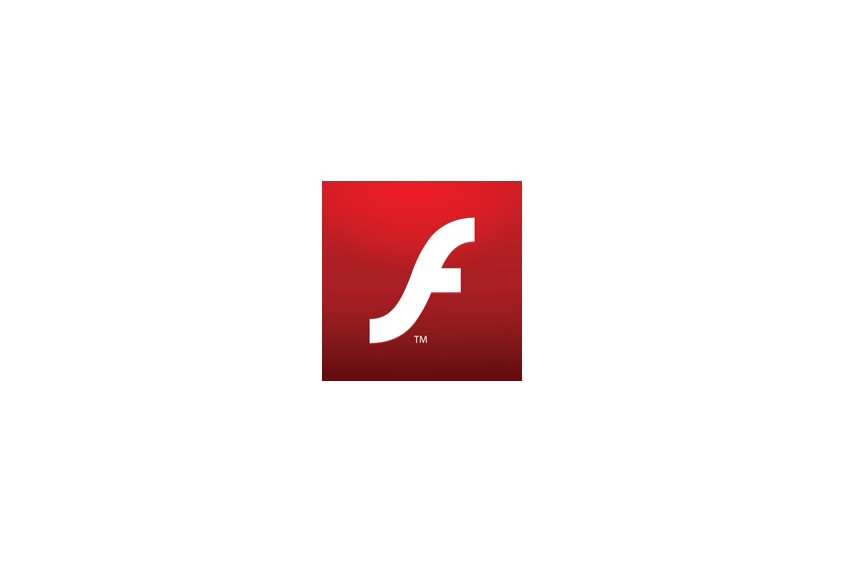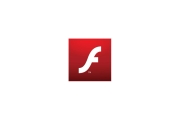In this tutorial I will show you how to create an external preloader for your flash game along with minor adjustments needed to make it work. Intermediate level knowledge of ActionScript is required to complete this tutorial.
The preloader script
The first thing you want to do is to create the preloader script.
- Create a new ActionScript file (.AS) using ~Flash CC.
- Set the frame rate dimensions and color to match your game.
- In the first frame of the preloader project, input the code:
javacript | copy code | ? 01 import flash.display.Loader;
02 import flash.net.URLRequest;
03 import flash.events.ProgressEvent;
04 import flash.events.Event;
05 06 var l:Loader = new Loader();
07 08 l.contentLoaderInfo.addEventListener(ProgressEvent.PROGRESS, loop);
09 l.contentLoaderInfo.addEventListener(Event.COMPLETE, done);
10 l.load(new URLRequest("game.swf"));11 12 function loop(e:ProgressEvent):void{13 trace("loop go!...");14 var perc:Number = e.bytesLoaded / e.bytesTotal;
15 percent.text = (Math.ceil(perc*100).toString())+"%";
16 }
17 18 function done(e:Event):void
19 {20 removeChildAt(0);
21 percent = null;
22 addChild(l);
23 }
- 'Game.swf' should be the name of your game SWF and this file should be in the same directory of the preloader swf.
- 'Percent' is the name of a text instance that will display the percent loaded of the game swf.
The preloade SWF or the game SWF
When a swf is loaded into a preloader swf, references to the stage in the constructor of the preloaded swf will not function correctly. This is because, the constructor of the preloaded swf gets instantiated before it is placed in the display list and the references to the stage return as null. To remedy this, re put an 'if' statement in the constructor of the preloaded swf along with an 'ADDED_TO_STAGE' event.
| Javascript | | copy code | | ? |
| 01 | |
| 02 | public function eaterMain() { |
| 03 | // constructor code |
| 04 | if(stage==null) |
| 05 | { |
| 06 | this.addEventListener(Event.ADDED_TO_STAGE, intStageVars); |
| 07 | } else { |
| 08 | stage.addChildAt(BGround1, 0);//background1 create child |
| 09 | stage.addChildAt(BGround2, 0);//background2 create child |
| 10 | BGround2.x = BGround2.width; |
| 11 | //set focus of keyboard output |
| 12 | stage.focus = stage; |
| 13 | //add start menu |
| 14 | startUpMenu(); |
| 15 | stage.addEventListener(Event.ENTER_FRAME, enterFrameHandler);//recreate enter fram event |
| 16 | } |
| 17 | } |
| 18 | |
| 19 | public function intStageVars(e:Event):void |
| 20 | { |
| 21 | stage.addChildAt(BGround1, 0);//background1 create child |
| 22 | stage.addChildAt(BGround2, 0);//background2 create child |
| 23 | BGround2.x = BGround2.width; |
| 24 | //set focus of keyboard output |
| 25 | stage.focus = stage; |
| 26 | //add start menu |
| 27 | startUpMenu(); |
| 28 | stage.addEventListener(Event.ENTER_FRAME, enterFrameHandler);//recreate enter fram event |
| 29 | } |
| 30 |
I hope that makes sense to you. If not please refer to these very useful and short tutorials.
- Loading an SWF whose Code is in a Document Class
- Loading an SWF whose Code is on the Timeline
- Flash swf preloader tutorial





Before you post, please prove you are sentient.
Wait! The answer you gave wasn't the one we were looking for. Try another.
What is frozen water?